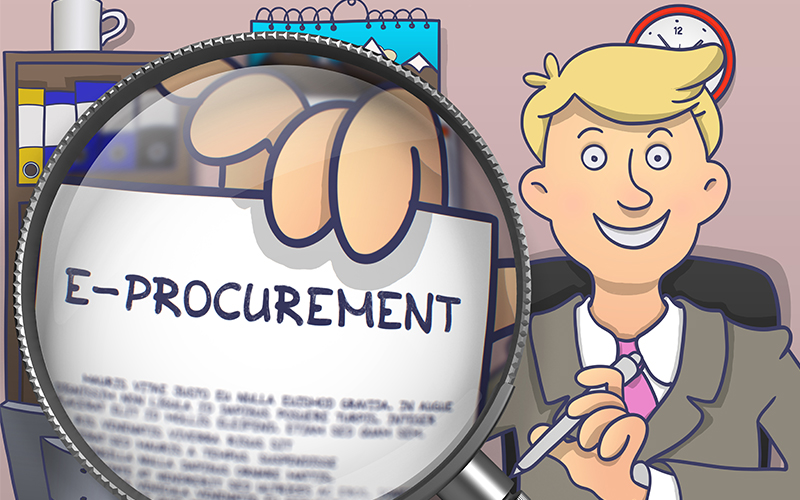e-Procurement: A cure for corruption?

Procurement is one area of business operations which is traditionally known to be most vulnerable to corruption. Suppliers typically offer lucrative incentives and opportunities to procurement officials for getting their contract approved. In the case of public procurement, the deception runs even deeper because of the huge amounts of funds involved.
According to the Organization for Economic Co-operation and Development, an intergovernmental body with 35 member countries, mismanagement, and corruption eat into almost 10-30% of the investment in publicly-funded construction projects. And that’s just the monetary aspect.
A non-governmental, anti-corruption organization, Transparency International, stresses that corruption in public procurement distorts competition, reduces the quality and safety of public projects and purchases, and erodes society’s trust in governments. In such a scenario, how can technology help?
e-Procurement shows the way
Croom and Brandon-Jones (2004) define e-Procurement refers to the use of Internet-based (integrated) information and communication technologies (ICTs) to carry out an individual or all stages of the procurement process including search, sourcing, negotiation, ordering, receipt, and post-purchase review.
In simpler words, you get an end-to-end solution to integrate and streamline the various procurement processes in your organization. The end result not only leads to greater efficiency, it also results in a high-quality purchase process in a lesser time.
The government of Nepal has made e-Procurement compulsory for all building, construction, roadways, telecom, and rural development programs that have a budget of more than Rs 1 crore.
How does this work?
Once the buyer recognizes that certain goods or services are required, he/she places a request for the same in the e-Procurement software solution. This request goes to the various departmental heads or approval agents who must verify the need for these good and services, and validate the purchase process.
After this, a bid document is prepared with the specifications of the good and services requested, and any other necessary contract terms. The invitation to bid is sent out to the suppliers in the next stage. All interested suppliers come online at a designated time to start the bid process. The lowest bid usually wins the contract.
Benefits galore
Naturally, there are a lot of benefits to e-Procurement and e-bidding.
- It is completely transparent and keeps a check on unwarranted corruption practices
- It promotes free and fair competition by getting all suppliers on one platform
- It saves a lot of time by eliminating the need for paper and tele-calling process of collecting RFI & RFP
- All historical records are preserved for future reference
- All key documents and important information are at the fingertips of the concerned parties… and much more!
What are your views? Let us know in the comments below!